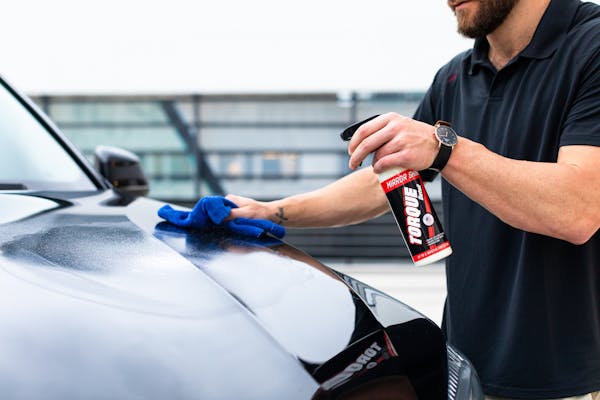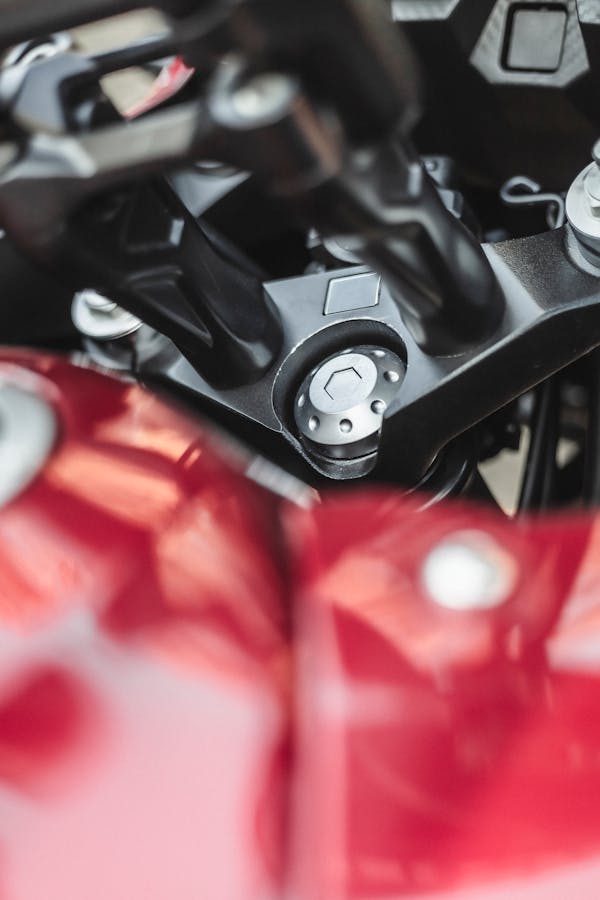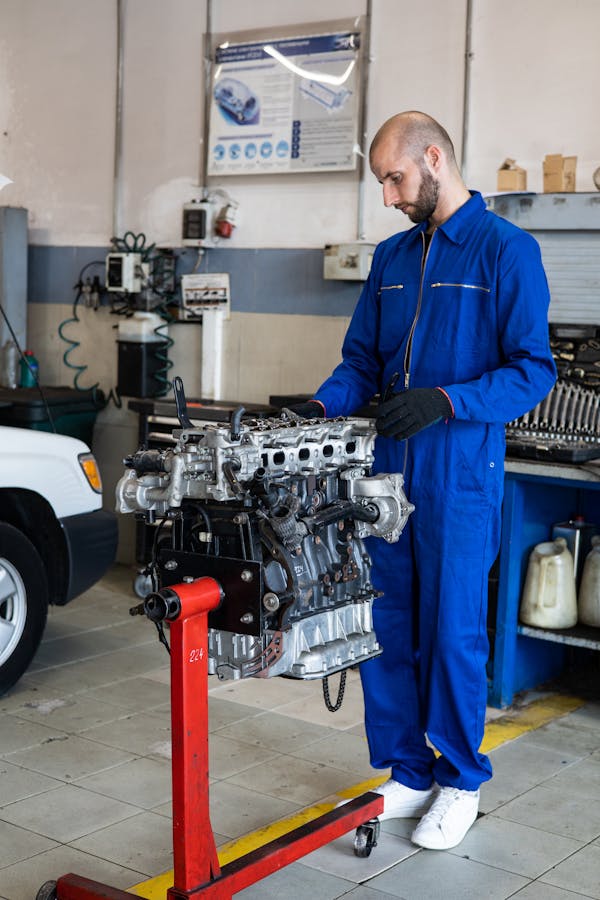Performing regular car battery maintenance will help ensure it works well for longer and reduce the inconvenience of unexpected failure. Changing a battery is an easy do-it-yourself project.
Corrosion on the battery terminals can impede the flow of electricity, causing problems. Clean the terminals regularly using a solution of water and baking soda.
Clean the Battery Case
Corrosion of the battery case is a common problem. It spreads to the terminals and limits their contact with your battery, causing starting and stalling issues and a drain of power.
Battery corrosion is caustic and can irritate or burn your skin or eyes. Be sure to wear safety glasses or goggles, and gloves. It’s also best to work in a well-ventilated area.
Start by disconnecting the cables from the battery (negative first). Then clean the terminals with a wire brush and baking soda solution. Rinse everything well, and dry thoroughly with a cloth or towel.
Next, clean the battery tray where the battery sits. A corroded battery tray can cause the battery to vibrate, damaging its internal components. This may shorten its lifespan. Make sure the battery is secure in the tray, and replace the battery hold down clamps if they’re damaged or missing. You should also clean any corrosion on the battery vents.
Check the Electrolyte Levels
The battery fluid (electrolyte) in non-maintenance free batteries naturally evaporates a small amount each time the battery charges. Checking and topping off the fluid is a simple task that can save your car from a costly repair bill.
You can determine if your battery electrolyte level is low by gently prying off the plastic tops covering the cell ports. Each of the battery cells should be filled to a level that covers the internal plates (electrolyte is a mixture of water and sulfuric acid).
If the levels are low, add distilled water until it reaches the level inside each port. Be careful not to overfill the cells as this may cause them to crack. Replace the plastic tops and observe the levels in a few weeks to see if they have remained uniform. A noticeable discrepancy in the levels could be a sign of a leak or a cracked case. Be sure to wear rubber gloves and eye protection as the electrolyte is corrosive.
Inspect the Battery Terminals
Corrosion around the battery terminals can impede the flow of electricity. You can usually spot this easily by looking for a white, blue or greenish powdery substance caked onto the terminals. To clean this, you can remove the cables from each terminal and use a wire brush or a commercial battery terminal cleaner to scrub the corrosion. Once the terminals are cleaned, you can use a layer of petroleum jelly or dielectric grease to help prevent future corrosion.
While you’re at it, take a good look at the battery case itself to make sure there are no cracks or bulges that could leak electrolyte and cause a fire hazard. Also, check the cables and clamps to see if they are damaged or corroded. If they are, have them replaced as soon as possible to avoid a short-circuit that can damage onboard electronics. It’s always a good idea to inspect the car battery at least once a year.
Test the Battery
The battery does more than just start the engine; it also powers the headlights and dome lights, as well as any other electrical accessories in your vehicle. If your lights seem dimmer than usual or are flickering, this could indicate that the battery isn’t able to supply its usual amount of power.
Finally, a battery that emits a foul odor similar to rotten eggs indicates that it’s leaking. This could be a sign of internal damage caused by overcharging or extreme temperatures, and the battery should be replaced immediately.
Once you’ve disabled the ignition system, disconnect the negative battery cable and set your multimeter to read DC voltage (a number with a plus sign above a letter V). Connect one of the multimeter leads to the positive terminal of the battery and the other lead to the negative battery terminal; a reading that’s less than 12.2 volts indicates that the battery is low on charge.



